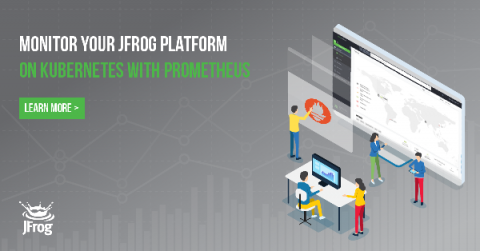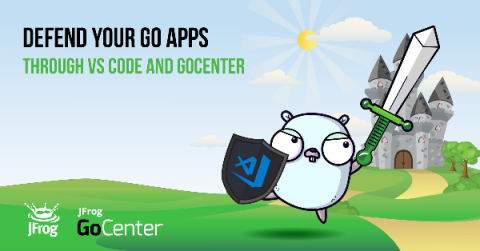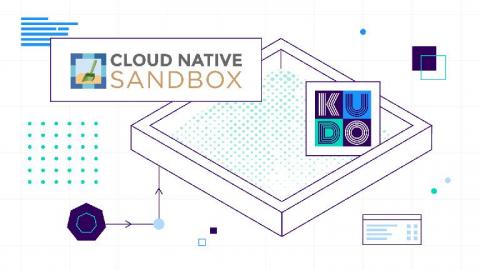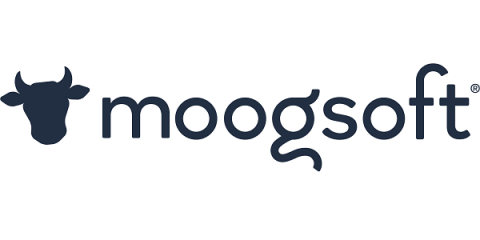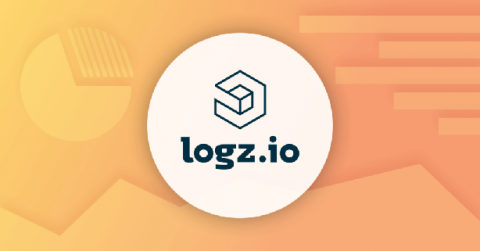Operations | Monitoring | ITSM | DevOps | Cloud
Latest Posts
Shift Left Security with Golang in VS Code
KUDO accepted as a CNCF Sandbox project
We’re excited to announce that the KUDO ( Kubernetes Universal Declarative Operator) project is now officially accepted as a CNCF Sandbox project. This was the culmination of two years of hard work from the team and is a fantastic step forward for the project.
The future of e-commerce
E-commerce is skyrocketing, there is no doubt whatsoever. With unstoppable annual growth and close to 2,000 million users worldwide, e-commerce has already been able to surpass traditional commerce in some product categories and takes an important place in most of them. But what is the future of e-commerce? Since its inception, back in the 90s, taking advantage of the Internet getting widely known, e-commerce has not stopped growing to become even more and more popular.
Dashboards Beta v0.6: O.M.G. Oh My Grid (Layout)
If you’re new to the Dashboards Beta app on Splunkbase and you’re trying to get started with building beautiful dashboards, the "Dashboards Beta" blog series is a great place to start. This Dashboards Beta app brings a new dashboard framework, intended to combine the best of Simple XML and Glass Tables, and provide a friendlier experience for creating and editing dashboards.
OpenTelemetry, Open Collaboration
OpenTelemetry — the merger of OpenCensus and OpenTracing — appeared in May of 2019, led by companies like Omnition (now a part of Splunk), Google, Microsoft, and others who are pushing the curve on observability. OpenTelemetry is a project within the Cloud Native Computing Foundation (CNCF) that has gathered contributors and supporters far and wide, becoming one of the most active projects found in open source today. It’s currently #2 behind only Kubernetes!
Implement Observability as Code with HashiCorp and Splunk
Driven by digital market shifts, organizations are adopting cloud and cloud-native technologies to deliver a better end-user experience, scale efficiently — both up and down —and increase innovation velocity. While distributed cloud architecture brings agility, it also brings operational complexity. Therefore, developing effective observability practices is all the more important for delivering a flawless end-user experience for cloud applications.
Supercharged SOAR: Meet Splunk Phantom 4.9
The number of cyberattacks launched on organizations continues to rise every year. More attacks means more security alerts that security analysts have to triage each day. Many security teams have turned to a security orchestration, automation and response (SOAR) tool to help them automate the ever-increasing volume of security alerts, and respond to threats faster and more comprehensively.
Your Mac Is Fast. You Are Not.
I can tell you the day I knew I would be a Systems Administrator (the term SRE hadn’t been invented yet.) My Linux professor, a brilliant engineer at NASA, said: "The best system administrators are the laziest." He went on to qualify that statement but I had stopped listening. My fate was sealed.
What's New in Logz.io with Infrastructure Monitoring? Upgrading to Open Source Grafana 7
Logz.io Infrastructure Monitoring just got some substantive upgrades to kick off the summer. The major change is the Grafana 7 update, specifically to version 7.0.3. This includes several new features. The Logz.io deployment will also include applying Grafana to logs. The Transform tab gives users the option to quickly add non-time series data to tables and then pair it with other data (time series or not) in your Metrics deployment.


